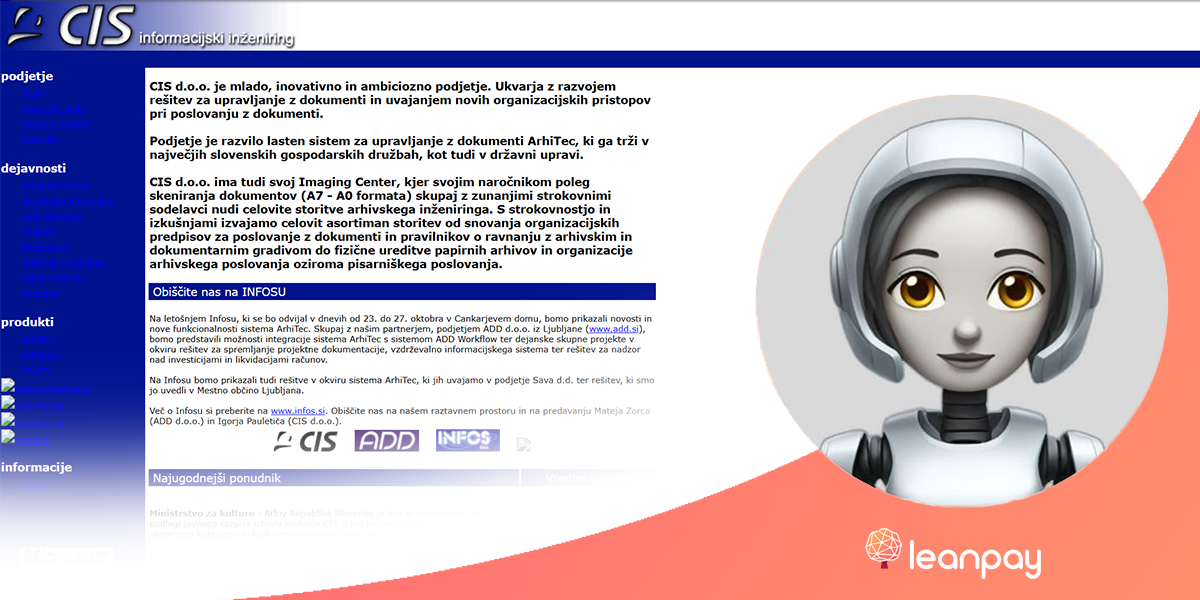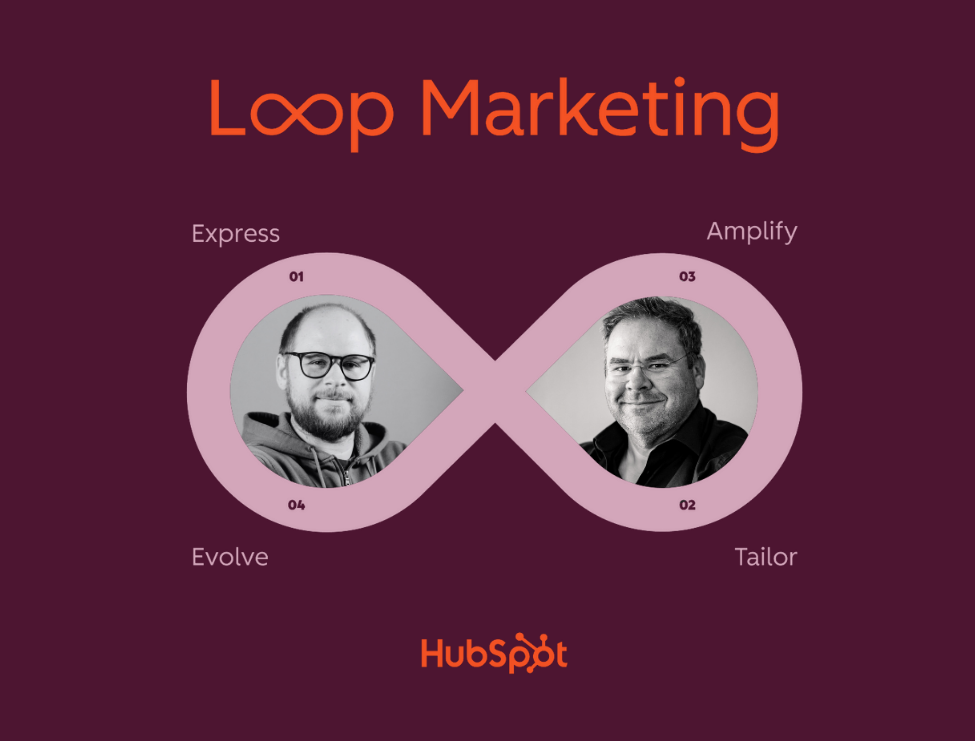What a website was in 2010, an AI agent will be in 2026

When I founded my first startup back in 1997, one of the very first things we did was build a website. At the time, it was really just an online business card. This was still an era when more people in business used fax than email. A college friend once asked me why we even needed a website—wasn’t it just a waste of time and money? I told him, “Give it a few years—every company will have one.” Can you name a single business today that doesn’t have a website?
Give it five years, and every company will have at least one AI agent
Remember me in 2030 when that prediction becomes reality.
But I’m not talking about your average chatbot that tells you when a store is open or where the nearest branch is. I’m talking about agents that, in real time, deliver prices, availability, webinar links, product demos—and can guide you interactively through entire processes, from purchase to return.
Just look at Leanpay. With their AI assistant Lea, they completely reinvented their customer support model. She answers questions, provides guidance, explains procedures—and does it all instantly. Customers get answers instantly, and they’re satisfied sooner. The results? Proven. Measured. And meaningful.
The key to success? Context mastery
Context is the new currency in customer relationships. If the agent doesn’t have the full picture—who the customer is, what they’ve bought, what they’re interested in, which channels they use—then its response will be shallow. And that’s just not good enough anymore. For an agent to be smart, it needs a unified, consolidated customer profile—a so-called golden record.

At FrodX, we know that this requires a certain level of data maturity. Most companies do have the data—it’s just fragmented. CRM, e-commerce, support systems, ERP, ad platforms… all of these touchpoints need to be captured and turned into one coherent whole. Only with that context can your AI agent evolve beyond being a glorified chatbot—and become a reliable, intelligent partner. And that holds true even if your AI agent isn’t used for customer support at all.
An AI agent isn’t (just) a chatbot
Most people still think of AI agents as chatbots sitting on websites, answering generic FAQs. That’s a massive oversimplification. The real thing is much bigger than that.
Think of an agent as a digital team member who reads and sorts all incoming emails and messages. Someone who checks whether submitted applications are complete and whether the attachments are relevant. A digital assistant to your field service reps and salespeople—one who turns voice notes and chats into travel forms, work orders, and meeting summaries. Or someone who continuously updates customer records in your systems—without needing to be reminded. An assistant that schedules appointments, cancels bookings, sends payment reminders, or notifies people about missed package pickups.
There’s an ocean of more useful things your agent could be doing than just telling people when your store is open or collecting emails in a chatbox. If that’s all you use it for, you’re underestimating the tech. And your customers, too.
The next step: mass implementation
AI agents are no longer a pilot project. They’re becoming real, production-grade systems supporting mission-critical processes. At FrodX, we’re rolling them out in mid-sized companies and large enterprise environments.
The goal?
- Automate and speed up repetitive tasks
- Minimize human error
- Embed more quality control into business workflows (since we tend to trust humans more than AI, we naturally add more safeguards)
But at the heart of it all is economics. Technology has to save money. And on the flip side, it has to boost business speed.
Where to begin (BCG translated into plain human language)
I’ve read plenty of whitepapers from consulting firms about how to identify the best place to start with AI agents.
Here’s my no-nonsense version of it:
- Look at your processes. Start where you most often hear: “We always do this manually,” or “This goes through way too many hands.” If your people are sorting, retyping, checking, summarizing, or just forwarding things along—that’s a prime use case for an AI agent. It will take the load off your team immediately.
- Spot repetitive mistakes. If the same errors keep popping up, chances are they’re human-made. Sure, people will warn you that ChatGPT can hallucinate. But remember: context matters. Control the AI’s behavior through Retrieval-Augmented Generation (RAG)—something Andrej and Gorazd have explained many times on our webinars and podcast.
- Got a team drowning in emails, forms, documents, and spreadsheets? An AI agent doesn’t need coffee breaks or cigarette pauses—and it can take over most of that work.
BCG calls this "high impact and high repeatability." I say: if a task gives you a headache and slows everything down, start there. That’s where ROI will be clearest and easiest to calculate.
Only those who jump on the innovation train early get a competitive edge. Every new technology is a differentiator—until it becomes a necessity. Then it’s just a seat at the table. You won’t be able to avoid AI agents. The only question is: will you use them to pull ahead—or to catch up?
Your call.
P.S. Yes, that is my website form 2000. Did your company have a website in early 2000's?
.png)

